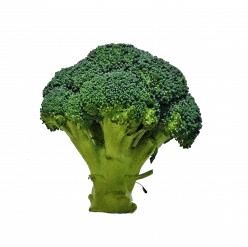Task 1 – Object Studies
For this task, we had to bring a personal item that is held, worn or carried to be studied.
I ended up bringing a wireless mouse.




We had to draw the top, front and side view of the object so I did a sketch before drawing on the graph paper. I also added the measurements on the sketches.


The drawing I did in pencil wasn’t very clear so I went over it with a pen.

Then, we had to draw the 2 point perspective of the object. I also did some sketches of it (shown above) before I did the actual drawing. Once again, I went over the drawing with a pen.



Task 2 – Weave Technique Studies
For task 2, we had to weave a 2D and a 3D pattern as a pair work. Chien Ping and I decided to work on the 2D component together. We didn’t have any tape or water so it was really hard to weave the pattern we chose — hexagonal pattern. We tried the method from this video: https://www.youtube.com/watch?v=psHmWNielcw but there was too much tension between the rattan strips so we experimented with different methods and ended up just weaving by looking at the picture of a hexagonal pattern.





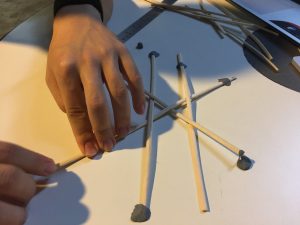



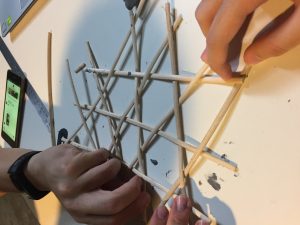

I decided to try the pattern again at home using tape and the method from the video. I also did it using 5mm cardboard strips. It works better with cardboard as it is thinner and there’s less tension.




For the 3D component, we decided to split it into half, each of us doing 20x20x10 then combine them together. Chien Ping suggested making it look like a pig since it’s Chinese New Year, so I did the top while he did the bottom of the pig.
Before I started making the actual structure, I experimented with a few patterns.
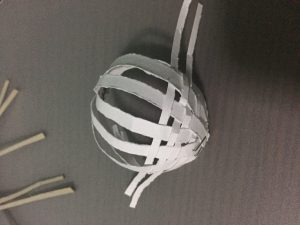




I think the hexagonal pattern looks better but it would be difficult to replicate it with the rattan strips so I used the mat pattern instead. I liked how the sepak takraw ball turned out but I couldn’t put in in my 3D structure.


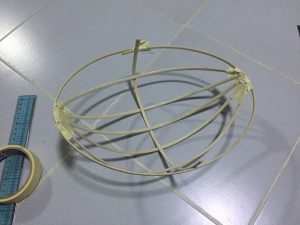


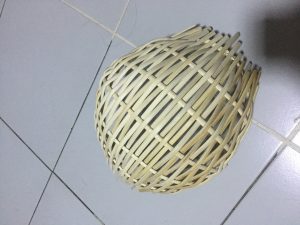

In order to make it look like a pig, I also added the ears and nose. I tried different materials and sizes on the chrysanthemum bottom pattern for the nose. I also made sure the structure could stand.


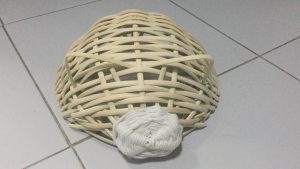

Afterwards, we just combined our parts together. For the details of the bottom of the structure, please refer to Chien Ping’s post.






